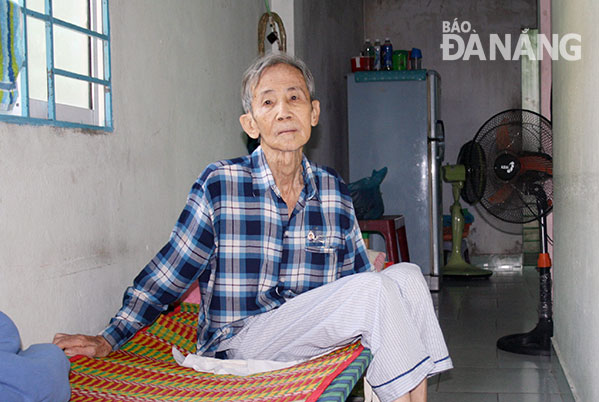Unforgotten memories about Hoang Sa archipelago before 1974
84-year-old Ta Hong Tan from Da Nang’s Ngu Hanh Son District was an observer who served at the Hoang Sa meteorological station on the Hoang Sa archipelago before 19 January 1974, the date when China completed their military occupation of the islands. Despite his age, Mr Tan still has clear memories of his time there.
 |
| Mr Ta Hong Tan |
Mr Tan took a meteorological course in the USA and then worked at a meteorological station there for 2 years. After returning to his homeland, he worked as an observer at the mid-central Centre for Hydrometeorology Forecasting and received assigned tasks in rotation at the Hoang Sa meteorological station.
In 1962, he went to work there for the first time. He and 4 other observers took responsibility for taking meteorological measurements every 3 hours or a minimum of 8 times per day. The measurements were then reported by radio to the Da Nang Centre for Hydrometeorology Forecasting.
He has many deep-rooted memories of his stays on Hoang Sa. Tan recalls, “There is a stone stele, affirming the country’s sovereignty over Hoang Sa, which was erected under the Nguyen Dynasty. There is a lighthouse on the northern side of the archipelago, and there are dozens of graves of Vietnamese soldiers who laid down their lives on duty in the archipelago.”
Mr Tan added that he and his teammates often fished for squid, collected snails, and picked seaweed for their meals, or presented them to their relatives and friends on the mainland.
He remembered that on 19 January 1974 he and the other observers, along with Vietnamese military soldiers on duty on the archipelago, were arrested by Chinese soldiers and taken to China. One month later, they were released and welcomed home at the Tan Son Nhat Airport in Ho Chi Minh City by the former Sai Gon authorities and local residents.
Tan still remembers his days on the archipelago and expresses anger at China’s illegal military occupation of Hoang Sa over the past 42 years.